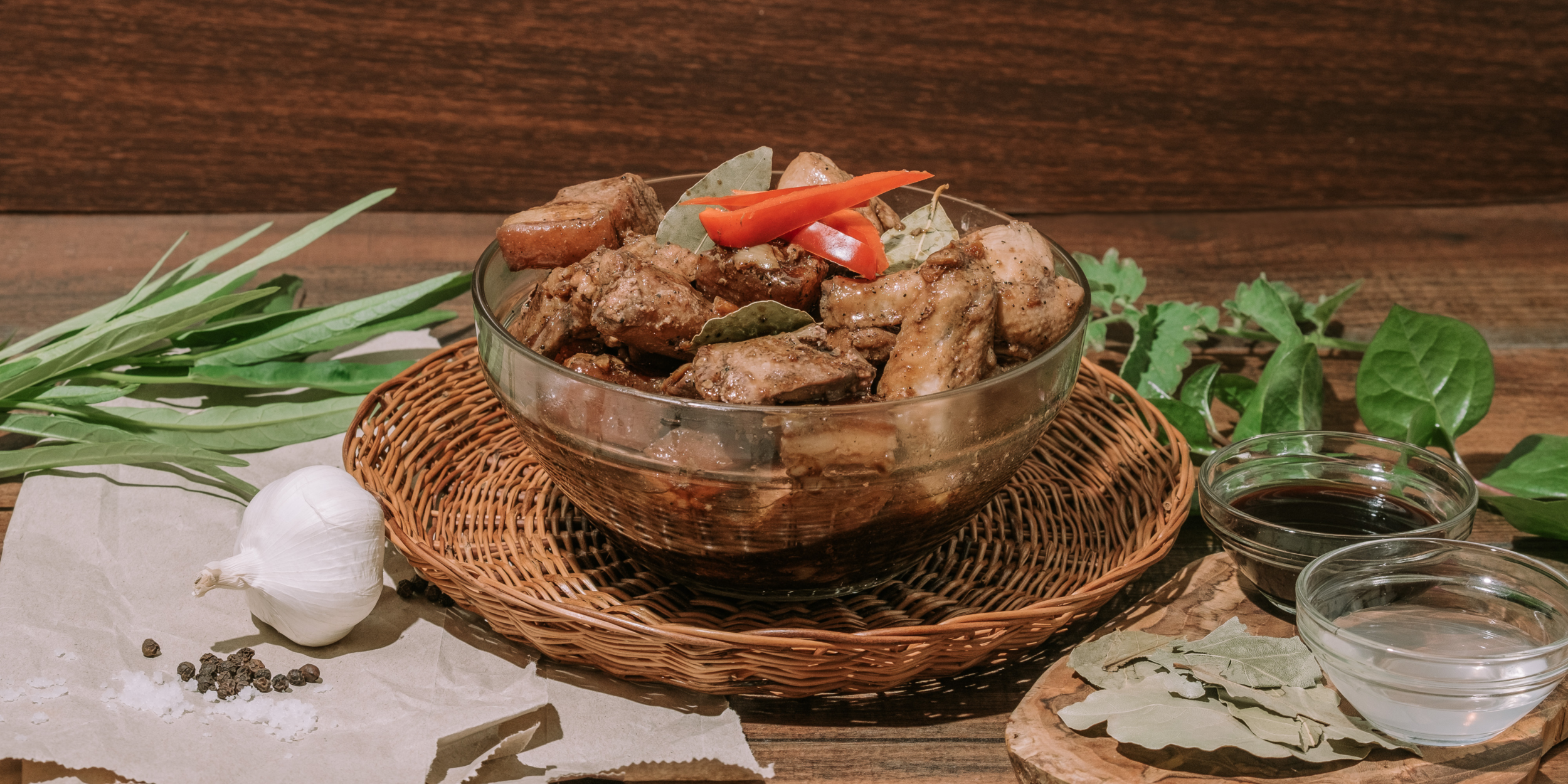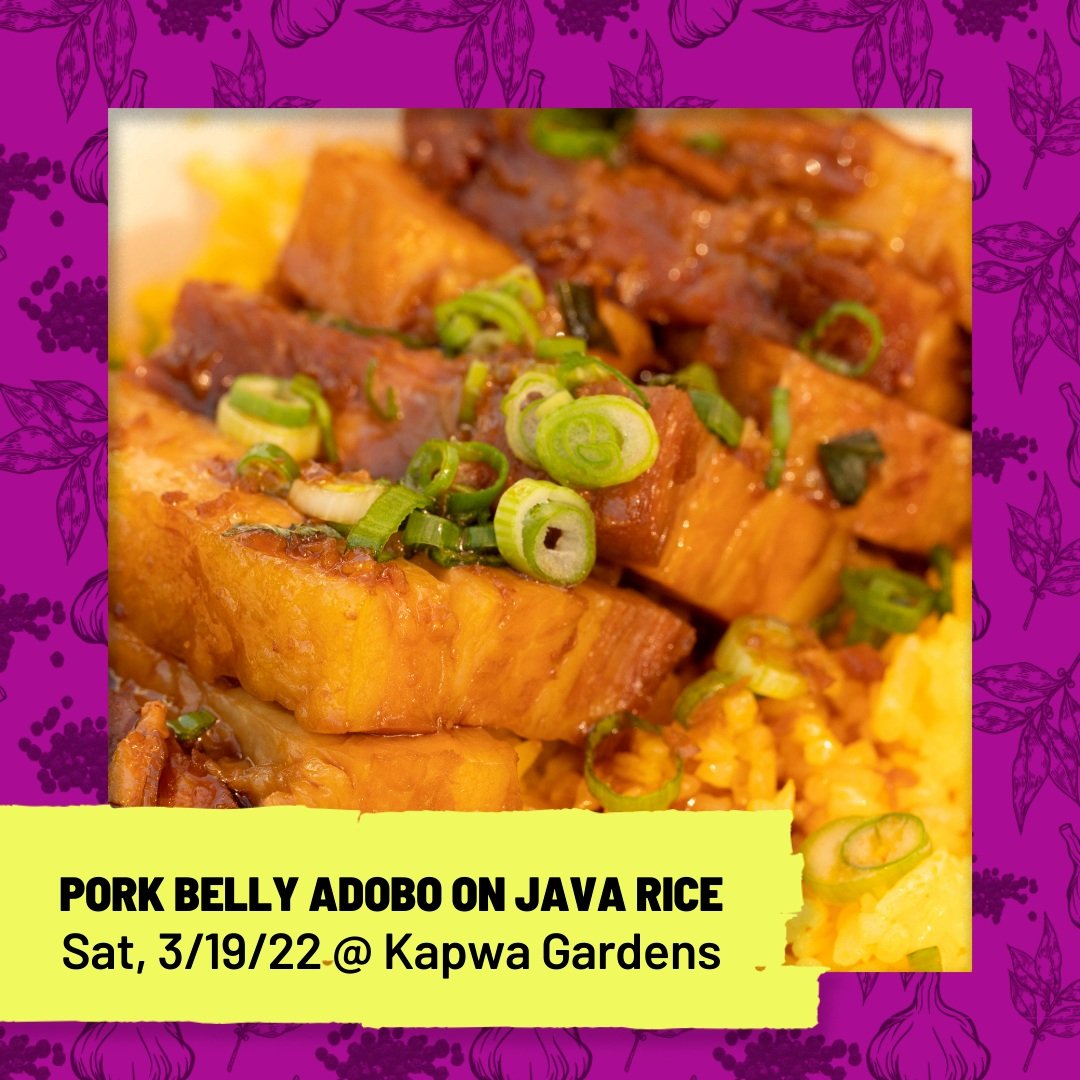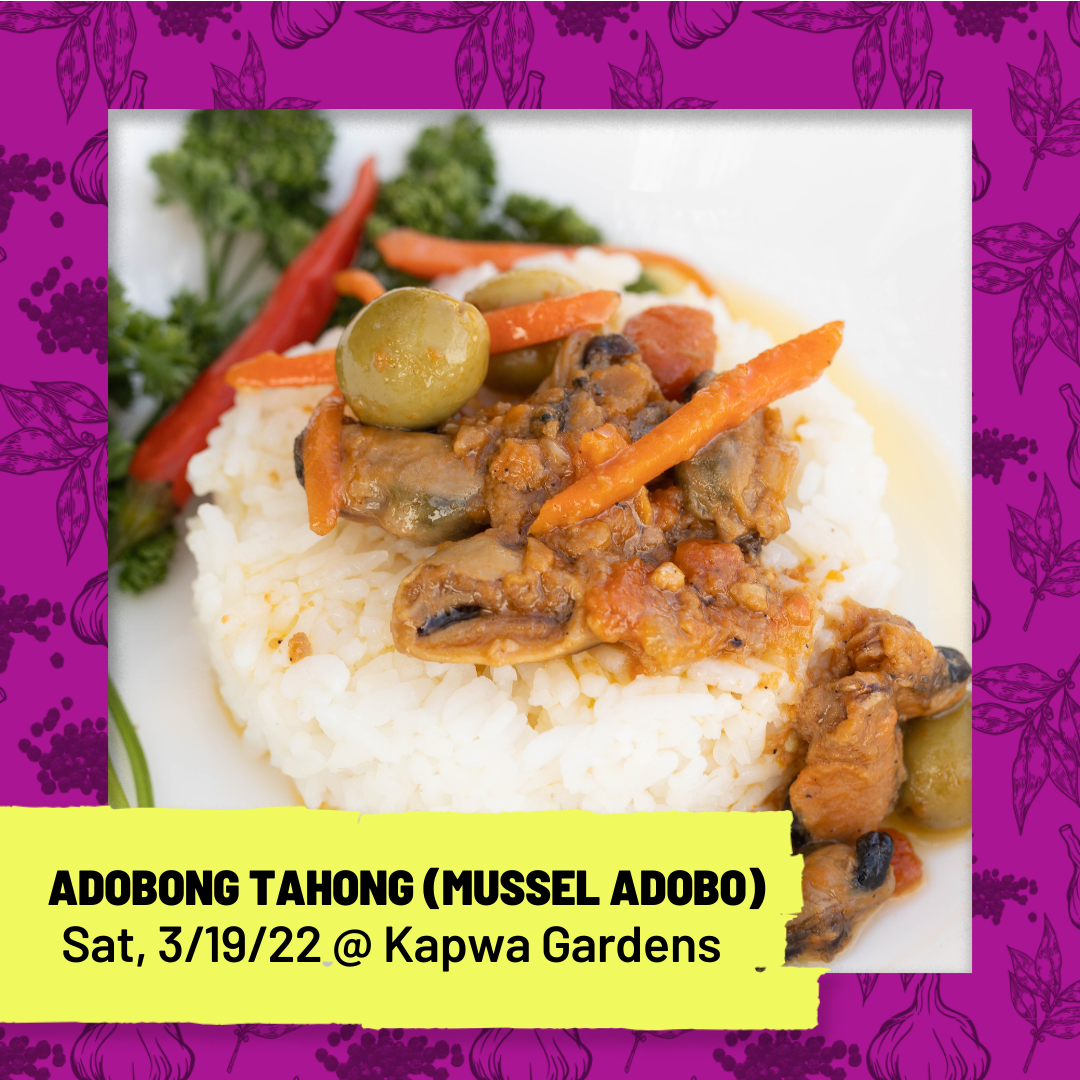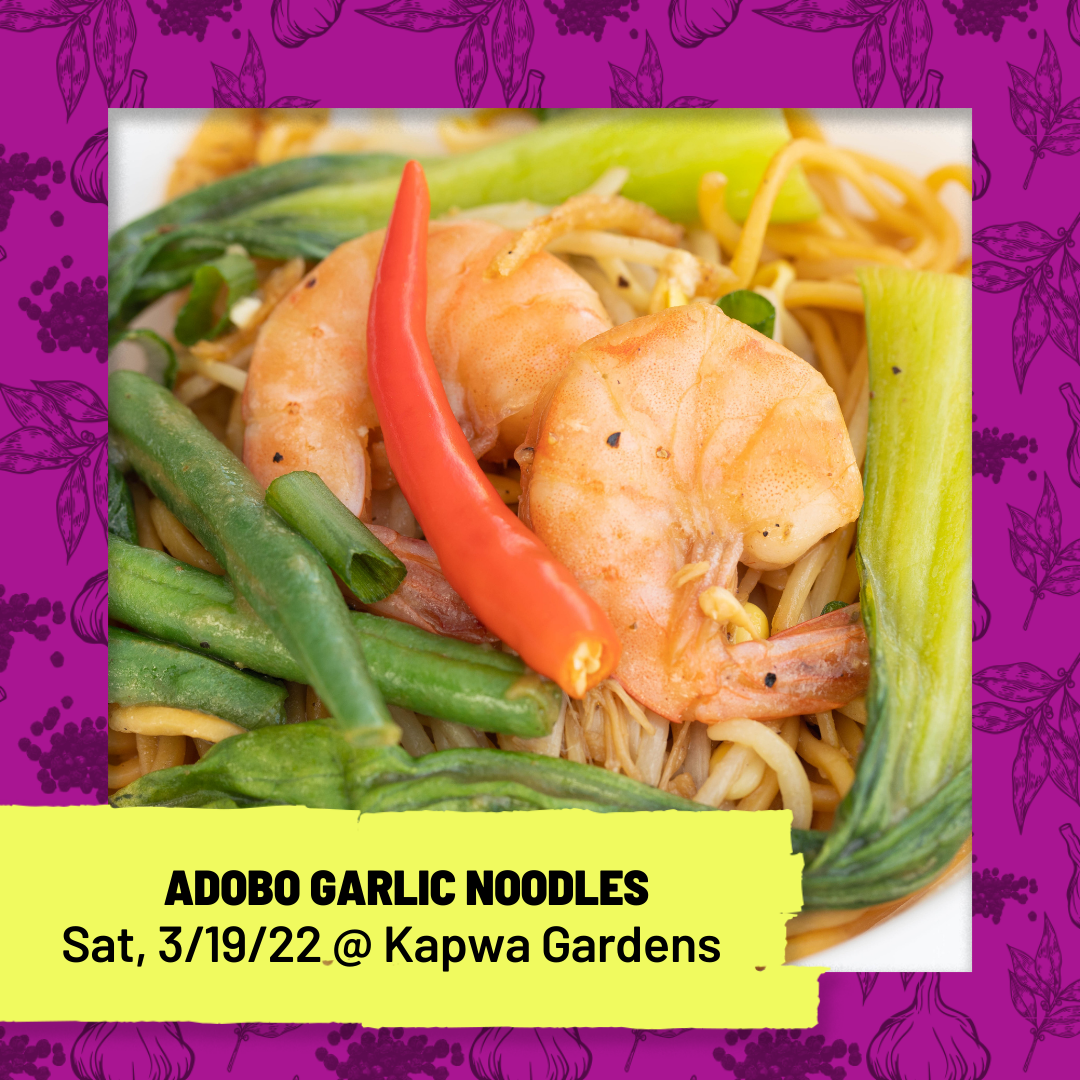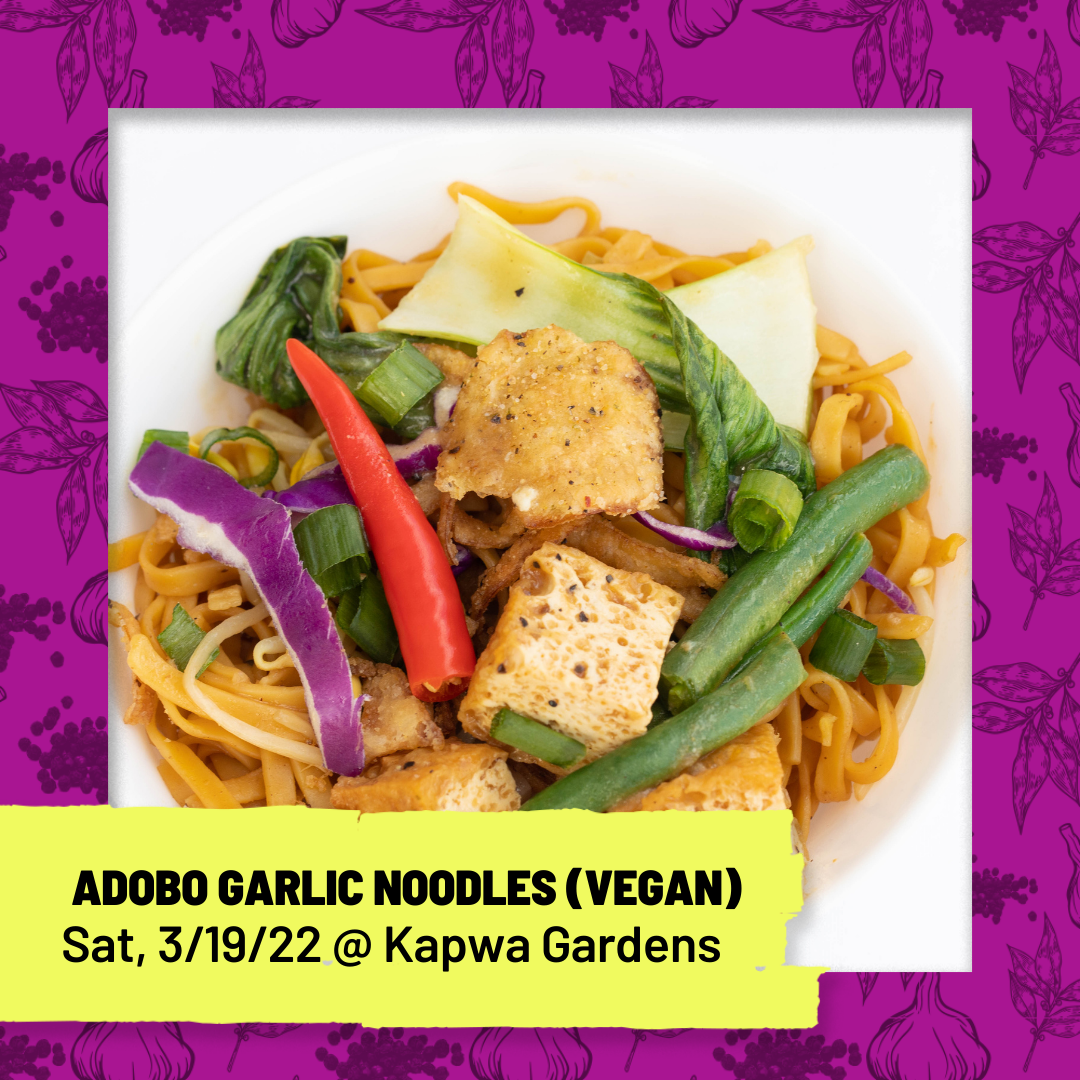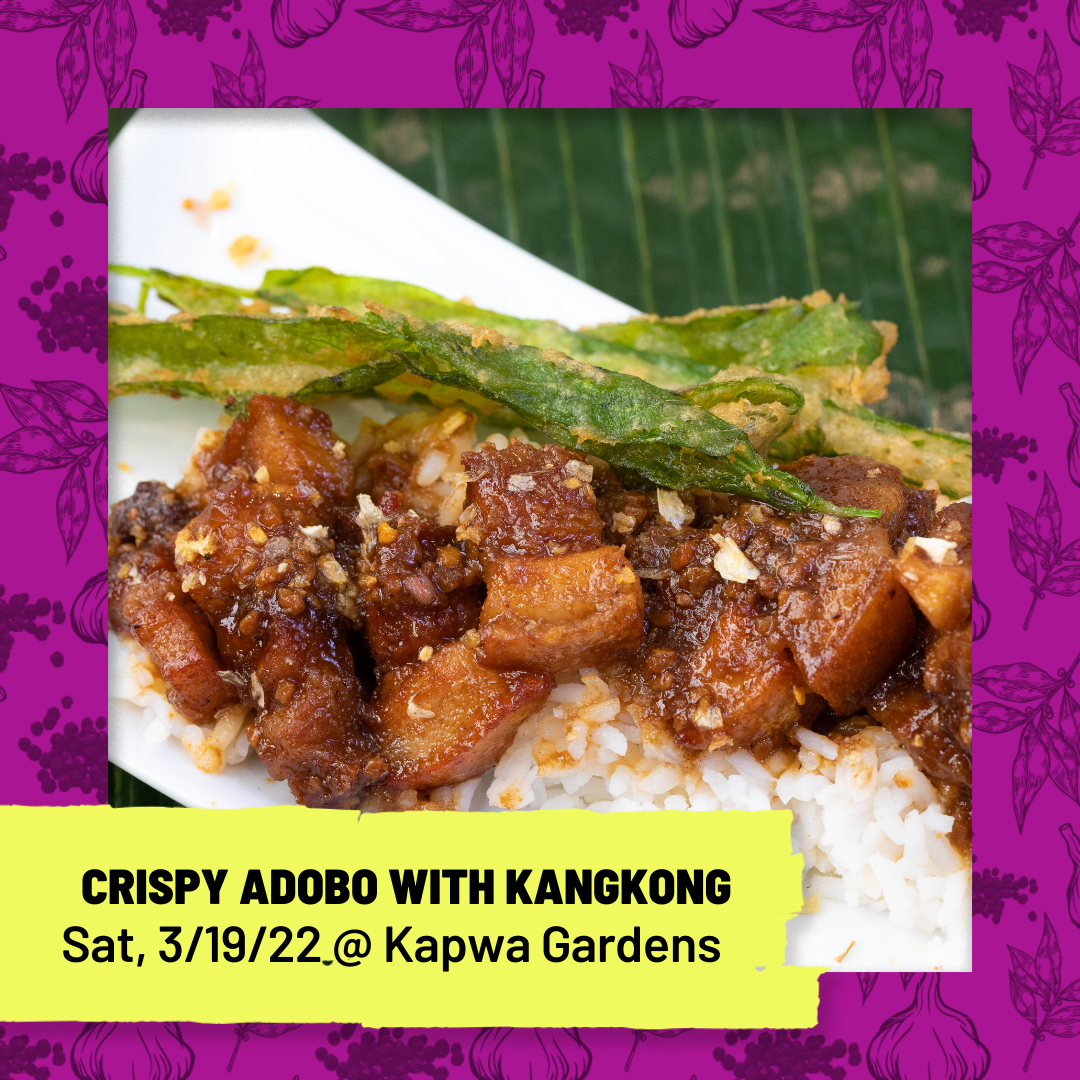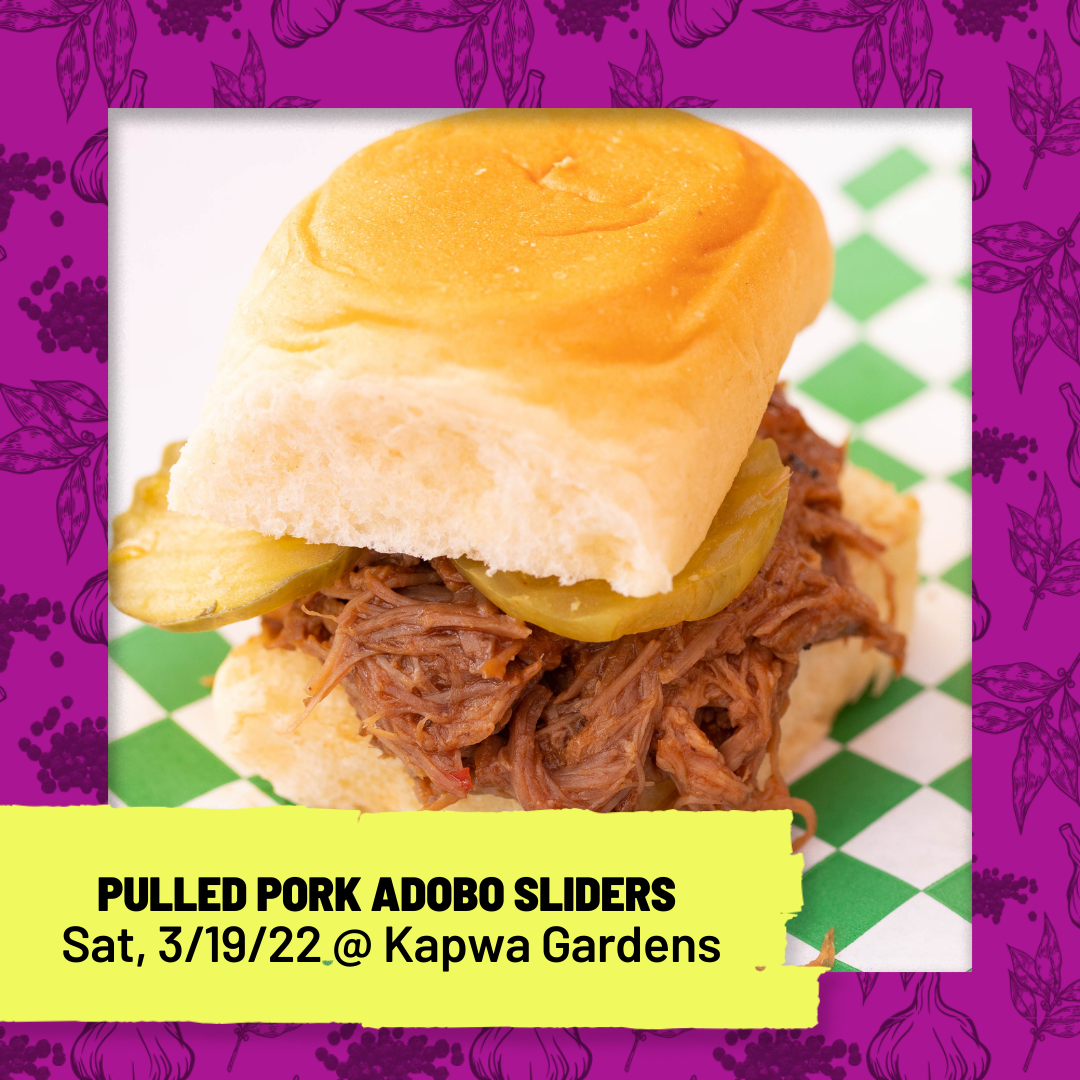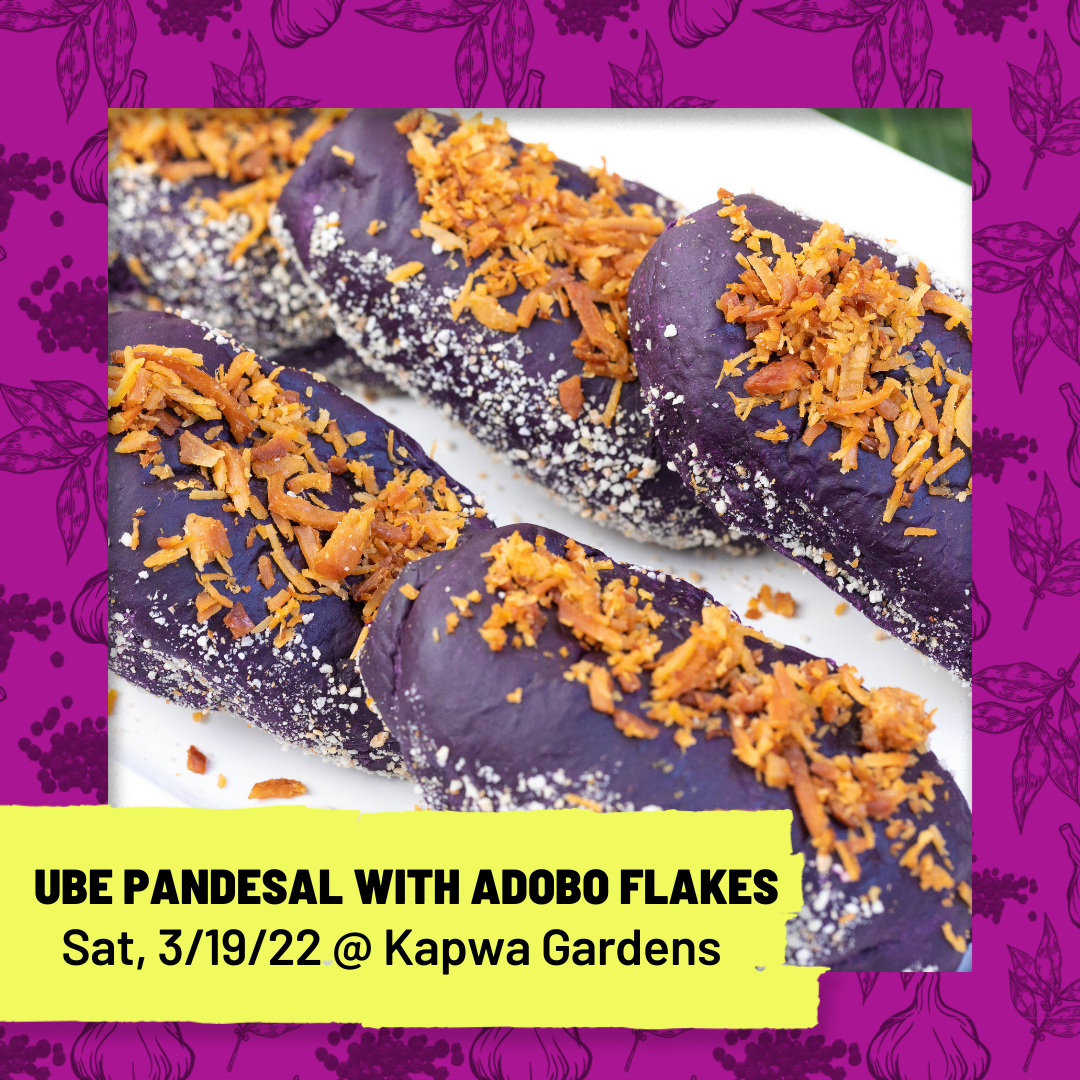The Evolution of Filipino Adobo
A Brief Look at Filipino Adobo’s History and how its Versatility captures the Filipino spirit
Kain na! Our first Filipino food festival of the year is approaching and we’re spotlighting a cultural favorite: adobo.
Known for its fragrant aroma and mouth-watering tenderness, adobo is often called “the Philippine national dish”. Whether or not you agree, it’s hard to ignore the large presence of adobo in our culinary culture. The manner in which it is cooked and expressed, and by who, is what makes it an instant, yet highly complex, favorite.
But what exactly is adobo? How did it come to be the popular and beloved dish today? What makes each version unique?
We wanted to break it down because the beauty and versatility of adobo is in the details.
THE PROCESS:
Filipino chefs describe “adobo” as more so a “way of cooking”, rather than a dish. Its cooking method is characterized by the way early Filipino natives slow-cooked their meat in clay pots using vinegar and salt. They did this as a means of preservation because the acidic nature of vinegar prevented the growth of bacteria in their foods, which was critical due to the high humidity in the Philippine islands. The original purpose of adobo was essentially born out of survival and longevity.
THE INGREDIENTS:
The key components of Filipino adobo are vinegar, protein, salt (or soy sauce, after Chinese traders arrived in the islands), garlic, and black peppercorns. One of the reasons adobo got its unofficial “national dish” title was because its ingredients are widely accessible across each region in the Philippines. Once understanding the foundation of adobo, anyone can essentially make the dish their own (but be careful of the purists out there!).
THE NAME:
“Adobo” got its “official” name when Spanish Friar, Pedro de San Buenaventura, saw Indigenous Filipinos enacting their process. Buenaventura was reminded of the Spanish word “adobar”, meaning “to marinate”, and by way of lexical imperialism, the name stuck. Therefore, it is impossible to ignore the impact of colonialism in the Philippines when talking about adobo’s origins, yet it is even more important to note that “adobo”, or a way of Filipino cooking, already existed in the Philippines before Spanish colonization.
THE DIFFERENCES:
Filipino adobo stands apart from other adobos seen in Spanish, Mexican, and Puerto Rican cooking, primarily due to its use of vinegar. And it stands even more apart from adobos seen in different parts of the Philippines for that same reason. In the north, at Luzon, the vinegar is native and therefore results in a white/clear sauce, whereas in the south, at Mindanao, adobo is more creamy due to the use of coconut milk.
Being born in Metro Manila, I’m used to the brown adobo (with hard-boiled eggs!), called “city adobo” by Chef Nancy Reyes-Lumen, which gets its color from soy sauce. Besides the tangy sauce varieties, adobo can also consist of different proteins like chicken, pork, and seafood. It can even eliminate meat altogether and just be vegetables or a plant-based protein!
adobo, much like the Filipino people, can’t be put in a box.
It is a way of cooking that evolves and differs from region to region, and family to family. Its versatility is what makes it special and truly captures the essence of the Filipino spirit - one varied in expression, yet grounded in a soulful foundation.
This never-ending possibility was what compelled us to bring our food festival, Not Your Mama’s Adobo, to SOMA Pilipinas. Inspired by Chef Charles Olalia’s “Year of the Adobo”, where he created a different version of adobo for each week of the year, we wanted to continue uplifting Filipino creativity and innovation here in the Bay Area through our dynamic food scene.
This year, we’re proud to present the talent of 6 wonderful chefs who are all bringing their own personalities, histories, and values to adobo.
Because no matter the version, adobo is a celebration of our complexities.
Come celebrate variety with us, and eat some really good, uniquely Bay Area, Filipino food on Saturday, April 2nd at Not Your Mama’s Adobo.
“Passport” tickets are available now with an early discounted price!


